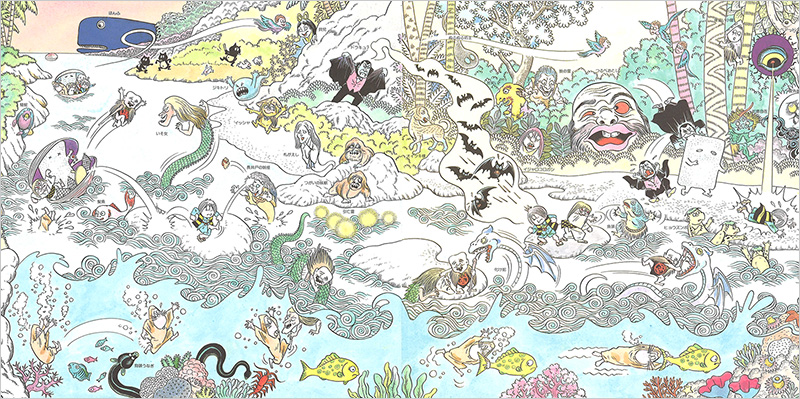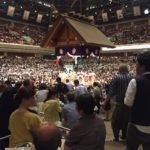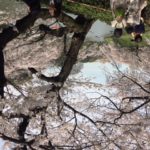Any anime fan probably knows that things can get weird in the world of animation and manga. In Japan especially. Creativity ignores all bounds.
Gegege no Kitaro (ゲゲゲの鬼太郎) is one of those anime/manga that struts away from convention.
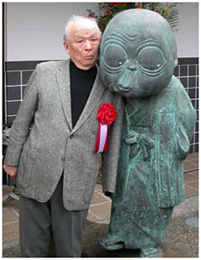
Via Mizuki Shigeru Memorial Museum
First written by Mizuki Shigeru (quite the character himself) in the 1960s and continuing to this day, with the first anime series coming out within the same decade, it depicts the wonderful world of yokai, told through the eye (he only has one) of Kitaro.
First, what are yokai? The term is hard to translate, but if you think of monsters, goblins, ghosts, and the boogie man, you would come quite close. They are legendary ghost things that have thrived in the popular imagination for centuries, appearing most colorfully in Edo-period woodblock prints.
In the world of Kitaro, these yokai come in all shapes, sizes, and colors. For instance, rokurokubi (named after the
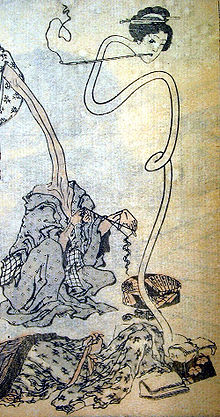
Via WIkipedia
potter’s wheel) is typically a maiden-like monster, whose head and neck coils out from the rest of her body and licks lantern oil at night. Another monster is betobeto-san (quite literally, “sticky man”)—an invisible little guy that you might hear following you in the forest at night, mimicking your steps; but if you say “Go ahead of me, Betobeto-san,” he will disappear and leave you alone. There are also giant skeletons, ocean blobs with googly eyes, and an old man that washes dried beans underneath bridges. If you want to learn more about these and other yokai, check this out.
In this yokai world, the story revolves around Kitaro, a short boy with a yellow and black vest, sporting rad grey hair and clogs. He was born after his parents’ death and burial, somehow making his way out of the grave as a baby. With many strange powers, including the ability to shoot his hairs out like needles, supernaturally detect the presence of other yokai, and go in and out of hell at will, Kitaro is considered one of the most powerful yokai walking the earth.
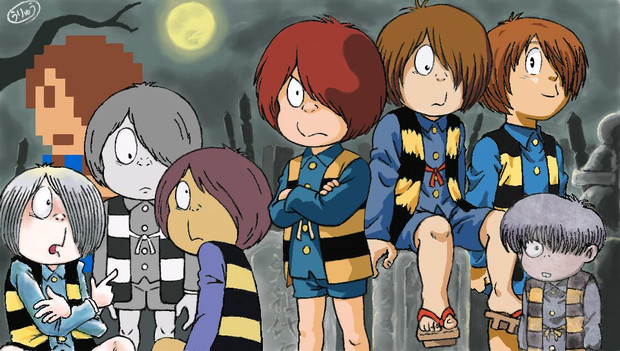
Via niconicoseiga
His father somehow comes back to life in the form of one of his eyeballs, and accompanies Kitaro on a wandering journey until they reach the yokai forest (Gegege no mori), where they spend their easy-going lives.
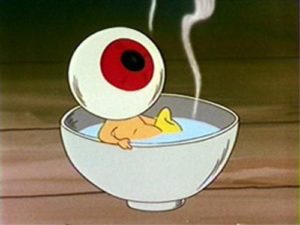
Via Jamilog
What do yokai do in this world? Chill. And stop other rogue yokai that try to harm the human world. The plots are simple, and the fun sources from seeing the hundreds of different yokai that make their entrances.
I recently made a visit to the “Kitaro Teashop” (a.k.a. Kitaro-jaya), which is a cafe and souvenir shop themed around the ghost-y manga, nestled within a temple-village called Jindaiji in Southwest Tokyo. If you knew that Mizuki was born in a different prefecture in Japan, you may be wondering, “Why did someone randomly put a Kitaro cafe in Tokyo?”
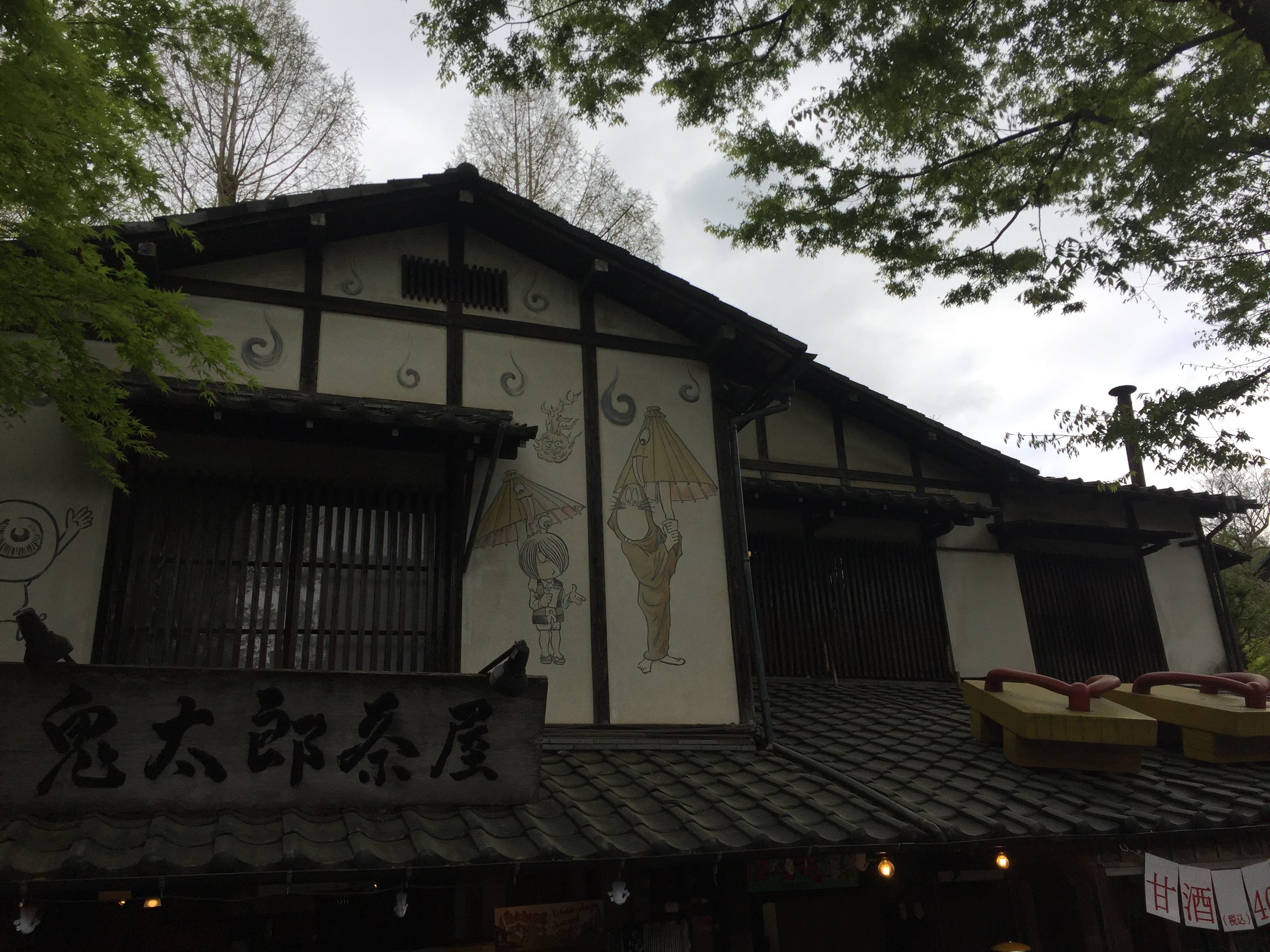
It turns out that Mizuki lived in the Jindaiji area, hence the almost memorial function of the teashop. And upon my visit, I could see why Mizuki would live there–Jindaiji is a lush, quiet, foresty, and rather mysterious area. And after wandering around the Edo-esque
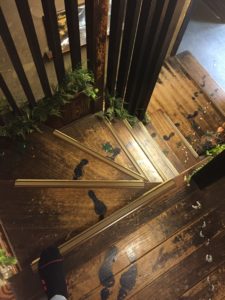
Via myself
streets, creeks, and aged shops, you begin to wonder if you’ve entered another dimension–perhaps even a yokai world. And I felt like I became a bit more acquainted with the world of Mizuki Shigeru and his quirky monsters.
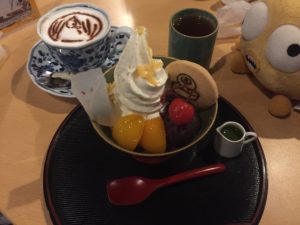
Via myself

